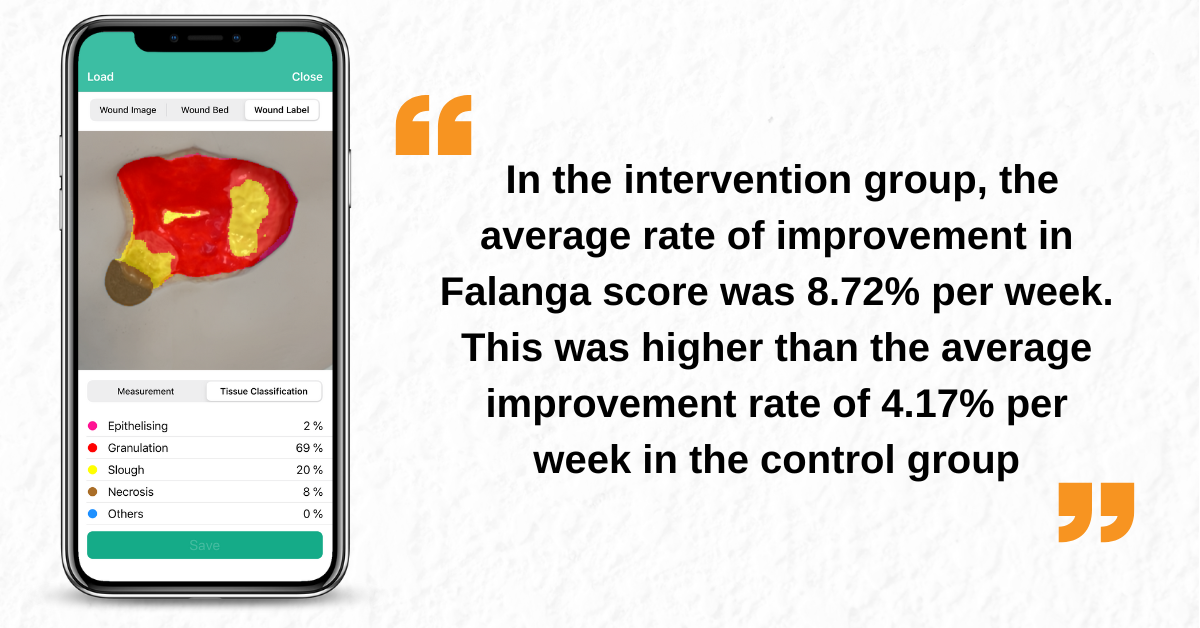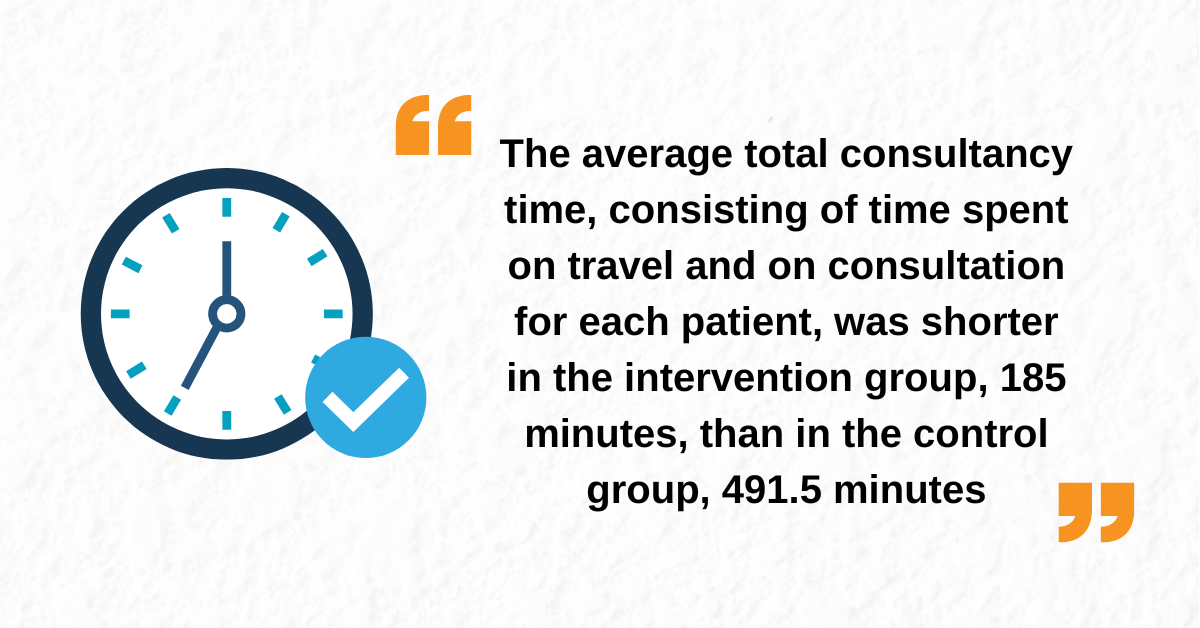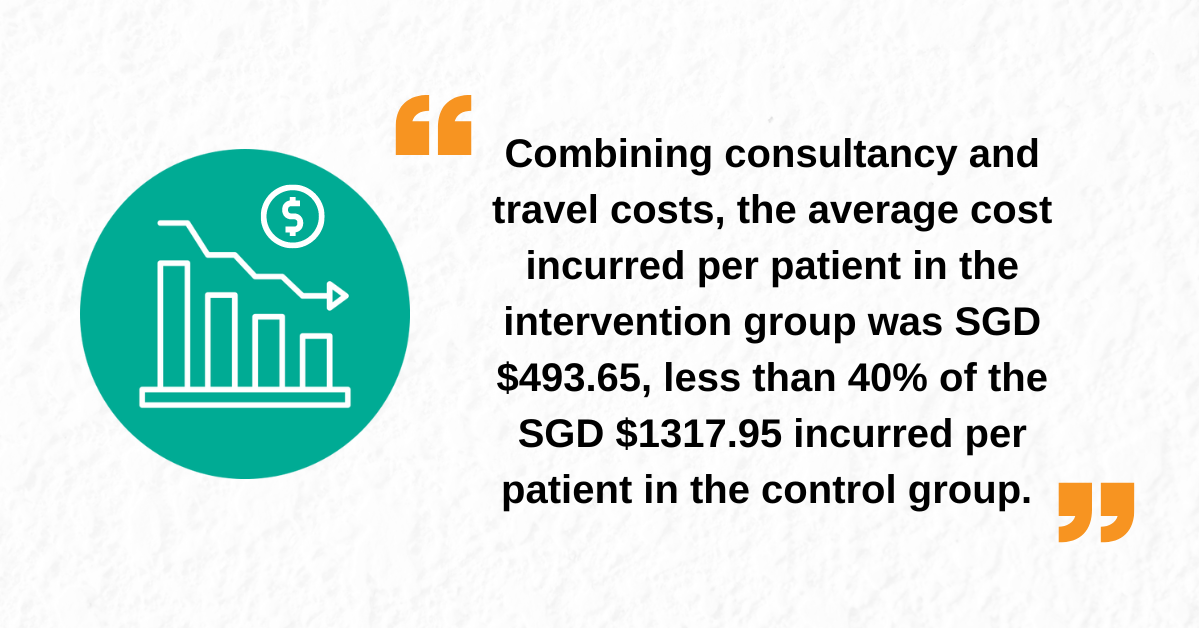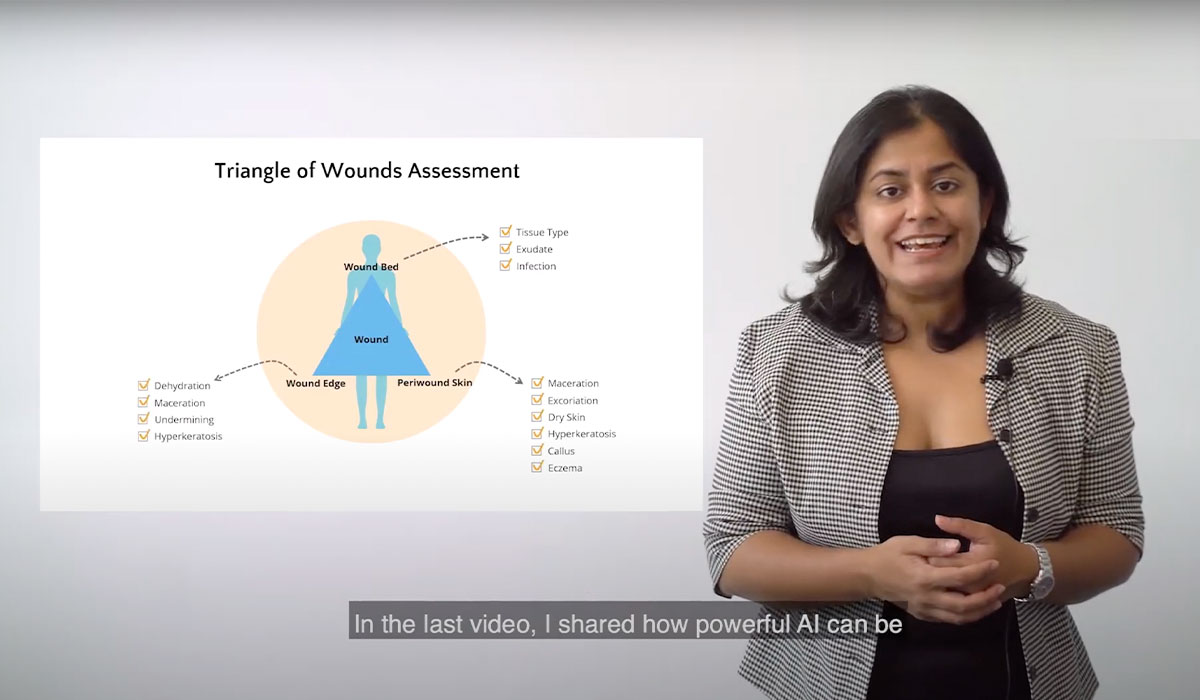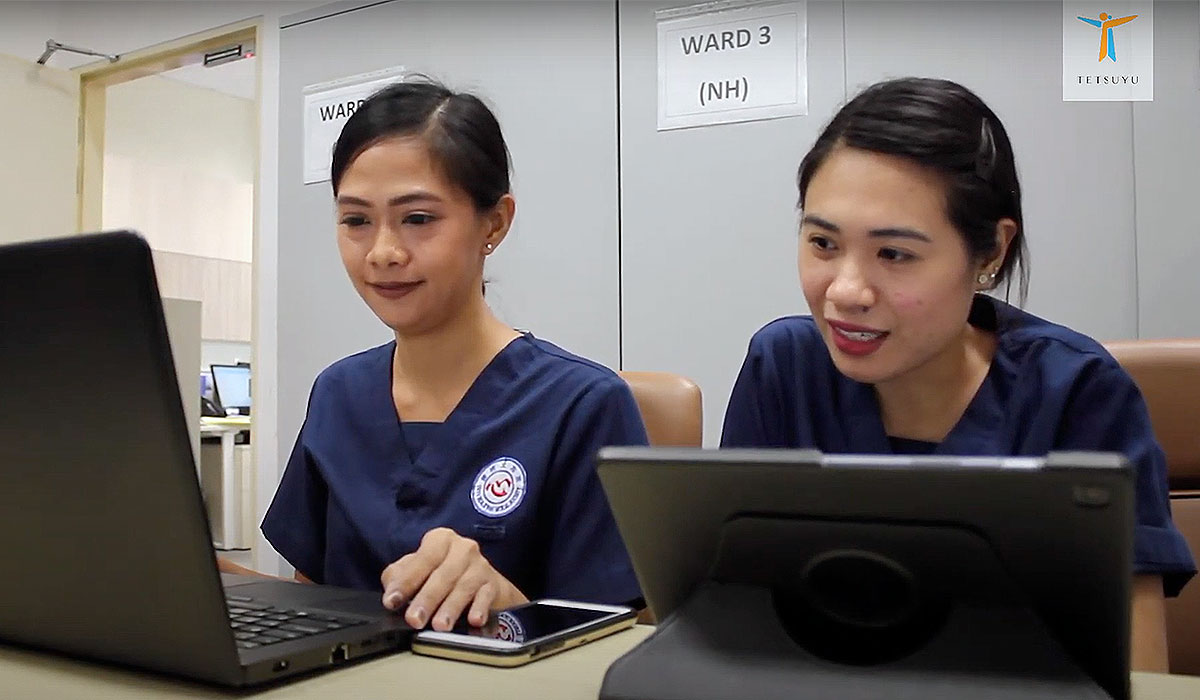A study conducted on CARES4WOUNDS (C4W) by St Luke’s Hospital (SLH) was published in the Wounds Asia Journal. This is a dedicated online wound care journal providing educational resources that also acts as a forum for clinicians to share and discuss their experiences and practices. In this study, SLH reviewed the effectiveness of the C4W application in managing chronic wounds in nursing homes over 2 months.
Chronic wounds are defined as wounds where healing is impaired and does not occur in a timely and organised manner due to a variety of reasons, including inadequate vascularity and innervation (Golinko et al, 2009). In Singapore, data from public primary care clinics and tertiary hospitals have revealed an increase in the prevalence of chronic wounds in the last few years. A recent study recorded a 95.1% increase in wound-related hospital admissions from 2013 to 2017, contributed to by increases in the prevalence of neuroischaemic ulcers and pressure ulcers (PU) (Lo et al, 2020). The clinical and financial strain on Singapore’s healthcare system has escalated as a result, proven by a study which estimated the gross direct cost of chronic wounds to each patient to be SGD $9532 (Tan et al, 2016).
In nursing homes, patients are more likely to get chronic wounds due to their multiple comorbidities and reduced mobility. The nursing home staff are capable of performing basic wound care and dressing, however, they still require the wound assessments by specially-trained wound nurses and doctors to determine the types of dressings necessary or the need for additional wound management. Hence SLH designed the study to evaluate the outcomes of wound assessments using C4W application on a intervention group and compared it against a control group manually managed by wound care nurses in nursing home settings.
